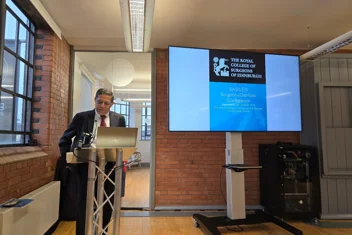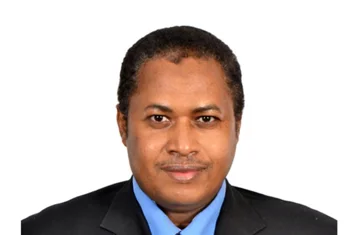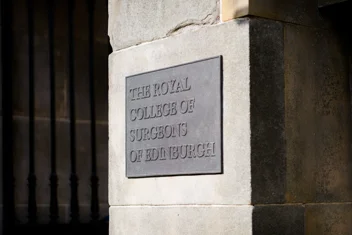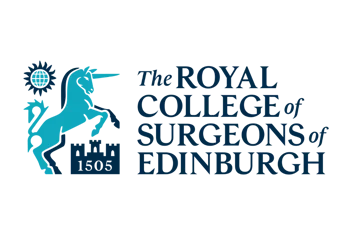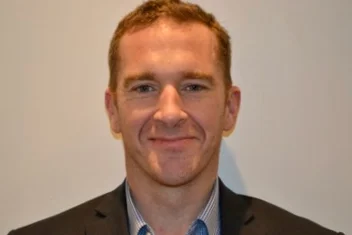Featured RCSEd News
News Library
ProDental CPD: a Closer Look at the New Dental Membership Benefit
Following the announcement earlier this year of ProDental CPD as a new benefit for Dental Fellows and Members of the Royal College of Surgeons of Edinburgh (RCSEd), the College is now pleased to share further detail on what members can expect from this industry-leading platform.
Dental

RCSEd Core Trainees Forum: Alternative Pathways in Surgery Conference 2025
The RCSEd Core Trainee Forum (CTF) is proud to present their Alternative pathways in Surgery Conference taking place in Salford on Sunday 21 September. The aim of the conference is to highlight alternative pathways to higher surgical training currently available in the UK.
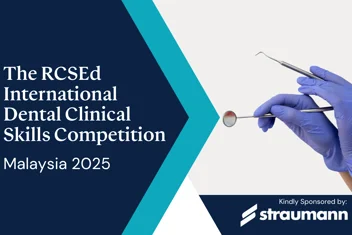
The RCSEd International Dental Clinical Skills Competition - Malaysia 2025
The Royal College of Surgeons of Edinburgh is proud to announce that Straumann Group will sponsor the 2025 RCSEd International Dental Clinical Skills Competition in Malaysia, taking place on Saturday 16 August.
Dental

RCSEd Launches RewardEd: Exclusive New Benefits Platform for UK Fellows
The College is proud to announce the launch of RewardEd, a brand-new benefits platform designed exclusively for our UK Fellows. This exciting initiative offers access to a wide range of discounts, special offers, and exclusive RCSEd perks across a variety of categories - including technology, fashion, health & fitness, food, travel and family days out.


